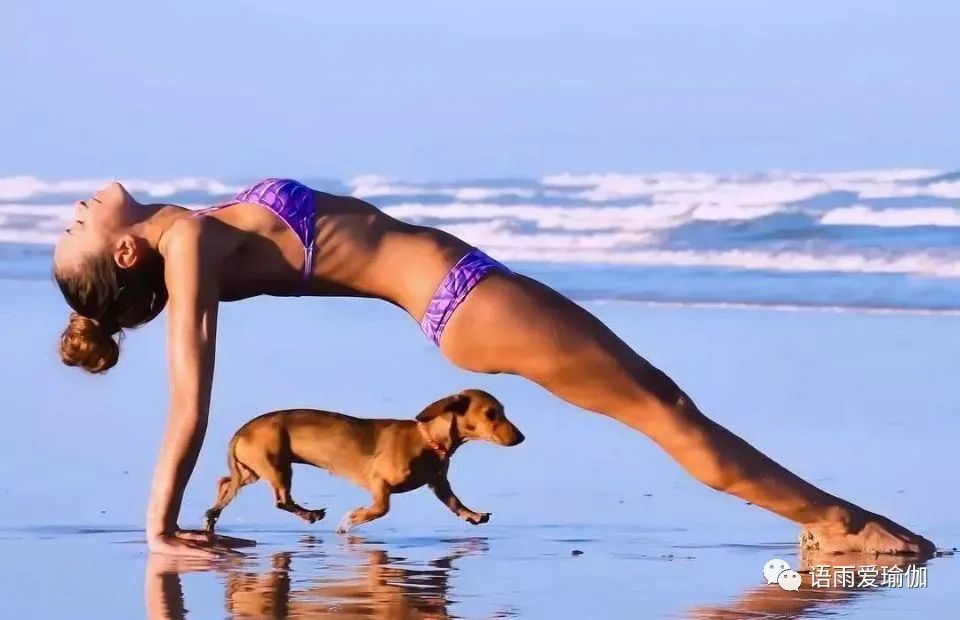Yoga Reverse Plank, Sanskrit Purvattanasana, pronounced (PUR voh tun AHS anna) Purvo=East uttana=Intense Stretching.

In the Ashtanga Yoga Beginner Series, the Reverse Plank Purvattanasana (Intense West Stretching) is followed by the Tight Back Stretching Paschimottanasana (Intense East Stretching).

This pose can extend the front of the body and enhance the back.

It can also extend (and strengthen) the front of the arm.

Exercise areas: arms, back, chest, neck, pelvis, shoulders, thighs Benefits: Strengthen the arms, wrists, and legs, extend the chest, and establish core strength and balance in the front four pillars of the shoulders and ankles in the reverse pose, also known as the reverse oblique plank, as the name suggests, is the reverse pose of the oblique plank.

It is also an excellent posture for exercising the core.

In addition to the above benefits, it can also stretch the pectoralis major, pectoralis minor muscles, and deltoid anterior bundle, improving the posture of rounded shoulders and hunchback.

Preparation posture: Before practicing the backboard pose, you can first practice the following posture to prepare the body for a bow position, lying prone and resting on the mat, bending your knees, turning your arms inward and backward.

Grasp the instep/ankle with both hands from the outside of the instep, and use the force of your calves to move the entire chest backwards and upwards, forming a “bow” shape.

Enter in a table style mountain sitting posture, tilt your body slightly backwards, open your hands shoulder width apart, and place them directly below your shoulders, with your fingertips facing forward, and your five fingers open to press the ground.
Bend your knees close to your hips, open your feet the same width as your hips, place your feet flat on the ground, point your toes straight ahead, exhale, and lift your hips up until the front of your body is completely parallel to the ground from head to knee.
It’s like a flat table.
Maintain uniform breathing for 5 times, exhale to relax the buttocks downwards, return to the sitting position, adjust 2 breaths, enter the pose again, exit the pose to relax and rest.
Start with the cane pose and straighten your legs in front of you.
Place your hand about six inches behind your buttocks, point your fingertips towards your toes, and then firmly press your palm into the ground.
Tighten your thighs inward and pull your abdomen up and back.
Take a deep breath, lift the pelvis as high as possible, and maintain chin adduction.
Strive to straighten your legs and reach your toes to the floor.
Raise your chest.
Maintain at least five breaths.
Then return to cane pose.
If lowering the head backwards can cause discomfort, align it with the spine.
If it is difficult to modify or replace the backboard posture, you can choose the following posture to replace the bridge table posture.
Key points: the four corners of the hand touch the ground downwards.
Activate leg muscles through the heel of the foot.
Keep your chest open and open your shoulders back and forth
.

